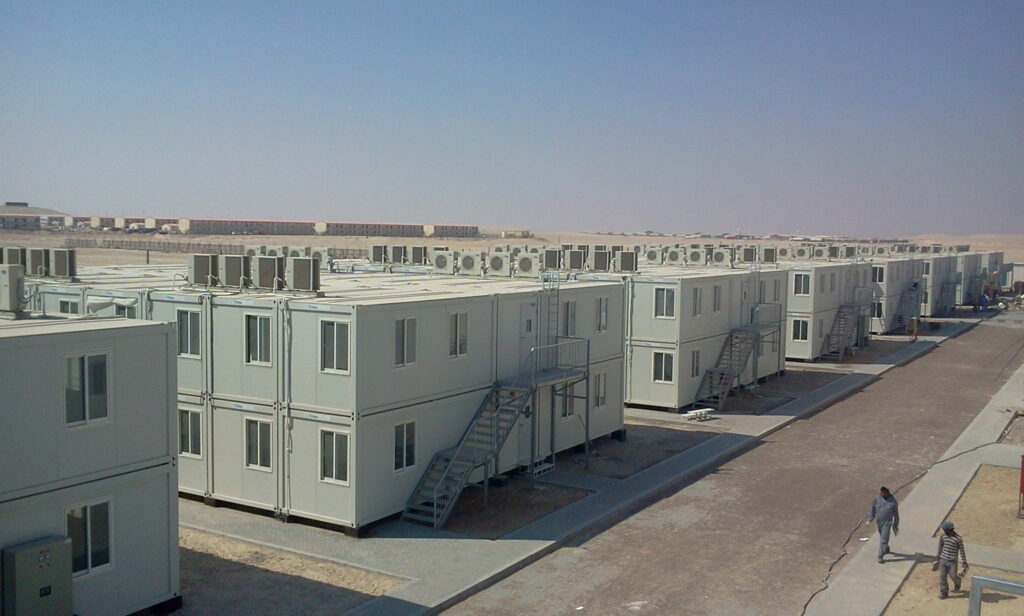I have not worked in large EPC (engineering, procurement, contracting) companies that build bridges, refineries and ports. Still, I did my share of project procurement. They have a couple of distinct features that affect procurement and make the process different:
They have a start and end
While continuous production, in theory, goes on forever, projects have a start and end date. It is not uncommon that companies hire only for the duration of the project. Also, they lease equipment or space only for these times. Time plays a very important factor in project procurement, and the project plan guides many decisions. If the company works on many projects at the same time, there must be a synchronization of activities. It would be quite inefficient to hire 50 electricians to work on two projects at the same time if we can hire 25 that would work on the first project and then move to the second project. But signing a contract for materials for both projects, especially if we import goods, could create significant savings.
They have a budget
Whoever worked with project budgets will tell you that they are completely wrong. But, try to spend over the budget and you will end immediately in the CFO office and big trouble. Budgets are an estimation, and it is rarely possible to estimate every cost that will occur during the project. But once you are aware of its limitations you will include a bit of reserve into your estimations. The good thing about budgets is that you can see how good the procurement team is in creating savings. As every reduction vs the budget goes straight to the bottom line, it is a very visible metric that you can report to the management.
Every project is different, even if the outcomes similar
I worked in modular accommodation manufacturing. We produce elements that get assembled on site. What in the world could be different? Well, many things. The foundations depend on the ground. Windows are depending on the part of the world the accommodation is built. The standards for electricity are not the same worldwide.
Imagine you work in the swimming pool industry. A swimming pool is concrete, tiles, pipes and a pump. Yes? No… Some areas require protection from underground water. Some need water heating and some cooling. And then we have all the shapes a client can imagine.
The goal is always to have zero stock at the end of the project
Even the quantities are often not 100% known at the start of the project. This is another Supply Chain nightmare. You get the items as per the bill of material, add even 5extral on your own risk, just in case. And then they need just another 10 pieces. And urgent, of course. Project completion depends on it. Savings – gone. You run like crazy to get the thing, cutting every possible corner. And then next year audit comes and asks why we bought at a 30% higher price.
There is no real answer to the question of how to avoid these situations. Your experience will help a lot. You can also agree with the supplier to take any excess back and bring much more stock in. Or block it in the suppliers’ warehouse. If the item will be used for sure in other projects, maybe to get some extra. But project managers do not like it. The cost is booked on their project, and someone will get then the item free for their project.
Project financing affects the procurement
Many companies rely on advance payments from the client to finance the project. They use the funds received from the client to get the needed materials and pay the supplier as they get the funds. Sometimes we sign the contract with the supplier on “back-to-back” basics. This means that the supplier will be paid only when the client pays his bills. Also, in some cases when they are not sure the client will be able to finance the project to the end we procure items only to complete the paid part of the project. If the client stops paying, no extra stock is with the company.
This gives the procurement team one extra dimension to handle. Now payment terms are more complex and depend on the project progress. For some custom-made product, the supplier will insist on advance payments well ahead. Hence, others will have to partially finance the project. It is a tricky game, and procurement must work with finance and the operations team to be aware of the progress. I would recommend transparency and honesty. If the supplier trusts that you are providing accurate information, they will not be strict with the payment requests. On the other side, we need to keep our promises.
There is a need for Just in time delivery of goods
Some projects span over months or years. So it is impossible to dump all needed material into the warehouse. There is no space, and we are not able to finance it. This is the point where you will need to learn how to read a Gantt chart. The chart, which is a detailed plan of works, will tell you roughly when we need the materials. Also, ask them to create a timeline from their BOM (Bill of material). And then communicate, communicate, communicate. This part is all about stakeholder management. The plan will change throughout the project. And you need to be the first to know.
It is a completely different way of procuring goods. And it is very demanding, but as well as rewarding. While in manufacturing and services you do not see the end project as something great, projects end up with a party. And a sense of pride.
Here is a photo of a project from my career. I am proud of being a part of it, even a decade later




Pingback: How to use the Critical Path method in procurement
Pingback: This Is How We Do It! Ways Of Procurement